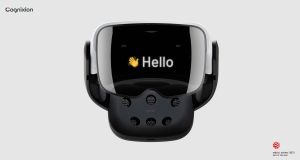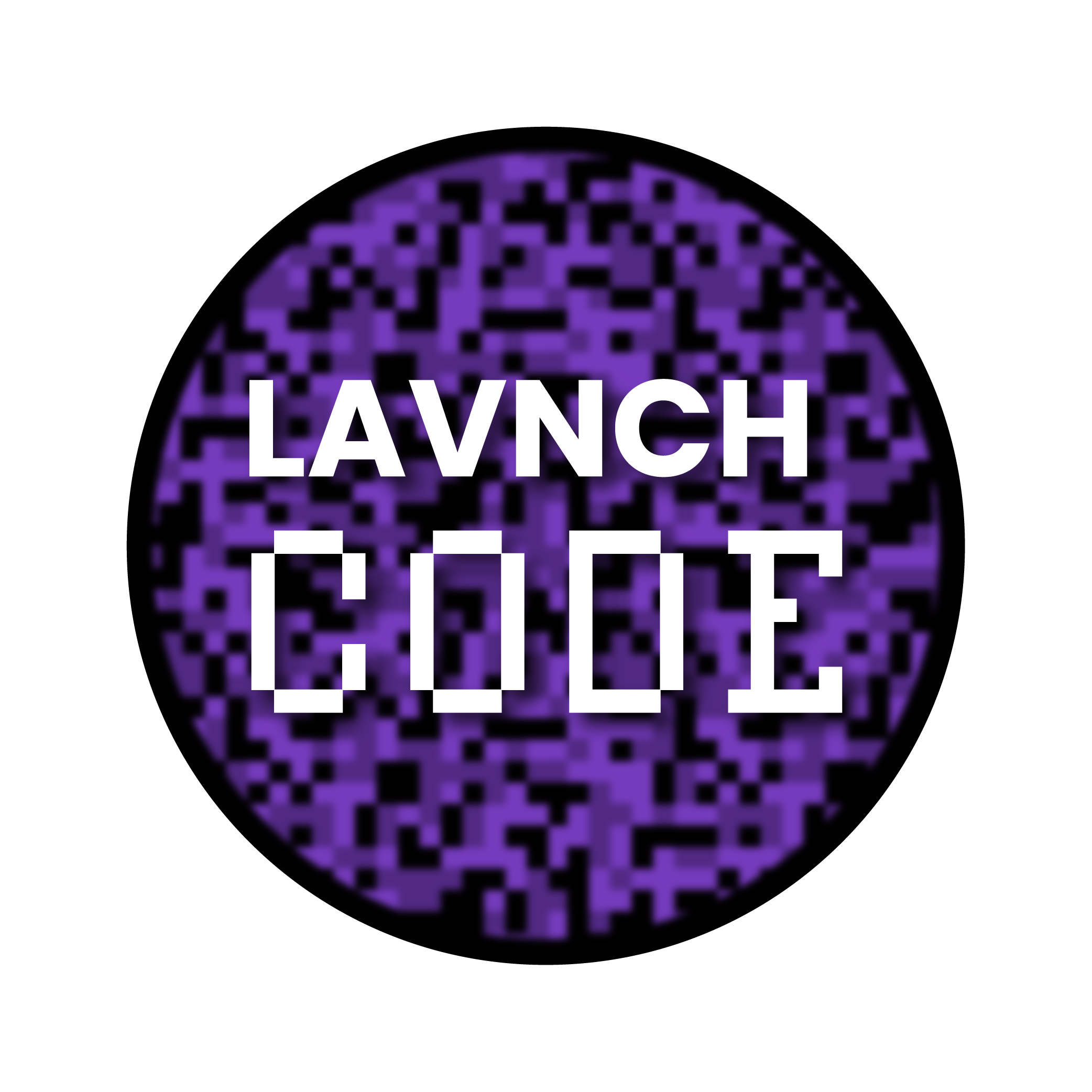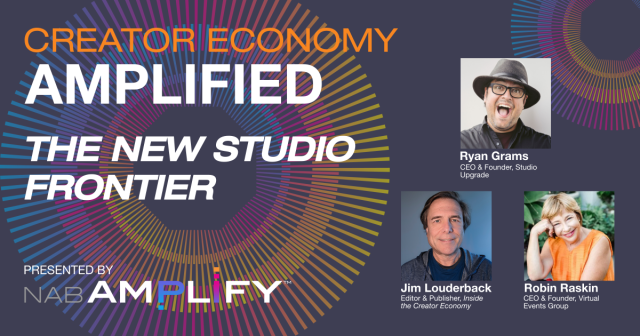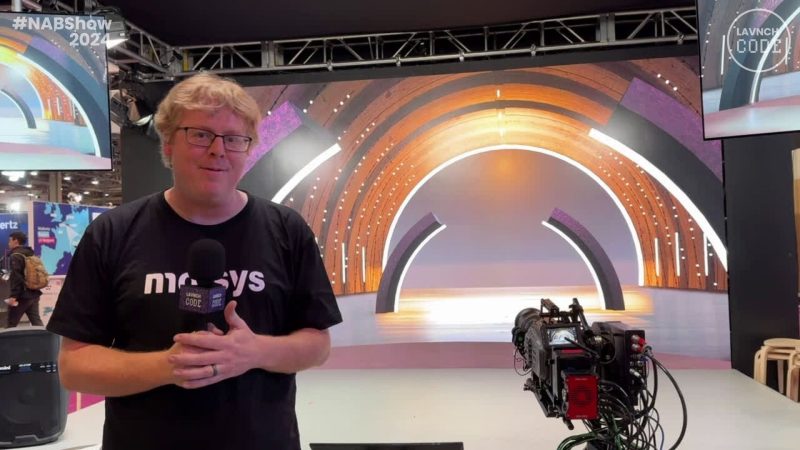
What is Extended Reality?
Extended reality (XR) is a universal term that covers augmented reality (AR), mixed reality (MR), virtual reality (VR), and other forms of immersive technologies that are currently being created.
“Extended reality is where you get the intersection of the real world and the digital world,” said Jake Rowland, group head of business EMEA, Igloo. “Where it becomes reality is at the point that you can sufficiently trick the brain through digital, immersive experiences, that you’re actually somewhere else. It exists on a spectrum of immersion and presence (the feeling of actually being there). And you can achieve that immersion and presence with virtual reality headsets or with shared immersive spaces where groups of people are physically in the experience together.”
“Working in the industry with leading technologies and companies, we find that sometimes there can be confusion about what these various reality terms,” added Cat Toomey, CEO, CATalyzing Communications. “I see extended reality as a blanket term for related technologies that blend imagination with artificially created environments or other aspects to expand human interaction. This provides a simulated environment where people can experience spaces and technologies more deeply. Here, humans may interact with virtual objects, devices, time change, and spaces.”
“XR is an evolving term in 2022,” explained Steve Seminario, vice president of product marketing at Planar. “In mainstream contexts, it refers to any activity in a shared online social space—think a concert in Fortnite or a meeting in Meta Horizon Workrooms. Another production usage refers to using in-camera visual effects (IC-VFX) or virtual production (VP) technologies such as real-time rendering, camera tracking, LED displays, and set extension in a live streaming context.
Uses Cases for Extended Reality
Extended reality is big business. According to a new market research report, the metaverse market size is projected to grow from USD 61.8 billion in 2022 to USD 426.9 billion by 2027. Why does that matter? Major growth factors in the metaverse market include a rise in demand in media and entertainment, gaming, and evolving opportunities from adjacent markets such as extended reality. The report says these factors multiply the scope, reach, and offerings of the metaverse to various industries and even end users. Furthermore, a shift by brands for their promotions using gamification and virtual world simulators has exponentially created a surge for the metaverse vendors for restructuring cutting edge infrastructure design, 3D environment revamp, and improvisation, while offering technologically-driven ecosystem so as to create the best suited experience and transactions to end users.
But how does this circle back to the ProAV industry? “What’s extremely exciting is that AV professionals are already leveraging extended reality tools right now, and there are some terrific options available to them,” explained Toomey, whose client roster includes ModusVR. “Over the past three years, we’ve witnessed a major shift to companies embracing VR across the consumer electronics and tech industries—in both residential and commercial segments. Because I spend my time helping manufacturers, integrators, builders, and designer clients, daily we see an awesome use for these technologies and powerful real-world success stories.”
“With ProAV manufacturers, leaders using VR do everything from launching new products with immersive functionality and 360-degree views of the products, to creating experience centers, and building out their booths for tradeshows,” she added. “Tradeshow exhibit teams can navigate the booth, discuss options ,and make decisions in real-time before booth construction starts. VR allows AV pros and customers to make more informed decisions while saving huge amounts of time and extra meetings, particularly in a hybrid world.”

Planar says its CarbonLight CLI VX Series is perfect for presenting the versatility and incredibly lifelike content creators need to bring the most imaginative visions to life.
There is also a huge opportunity for AV professionals to use extended reality for virtual production, which is becoming increasingly popular around the world. “Extended reality can be applied to any segment where there’s a desire to push the boundary of live broadcast,” insisted Seminario. “This includes a corporate keynote or financial presentations, product launches, higher education, and massive online open courses (MOOC), or houses of worship. As a new and rapidly-evolving capability, there is going to be collaboration between the technology and creators to fully recognize it’s potential.”
“Pro XR depends on traditional broadcast technologies with the addition of real-time rendering, camera tracking, and LED displays at a minimum,” he added. “Environmentally controlled lighting and set extension can add realism and a bigger sense of space to an XR production.”
While virtual production is probably the most well-known use case for extended reality in ProAV, the possibilities are endless. “The use of XR goes wildly beyond broadcasting and it’s not about ‘How can we implement this technology in the future?’ because it’s already here,” said Thierry Gonzalo, senior product manager, AR/VR, Vizrt. “AR, MR, VR, etc. have revolutionized the real-world experience, it’s now becoming ‘How photorealistic can we make the renderings?’ and ‘What innovative ways can we use XR to enhance user experience?'”
With that being said, there is a growing movement to use extended reality to be used for healthcare solutions. But this isn’t a new use—it’s just becoming more commonplace. In fact, the first controlled study using VR to treat a medical condition—in this case acrophobia—occurred nearly 30 years ago in 1995.
The study, published in the American Journal of Psychiatry, concluded that patients treated with virtual reality therapies reported reported reduced anxiety and avoidance of heights. The technology, of course, has improved since this study, and tech professionals have discovered limitless possibilities for extended reality in the medical field. In fact, XR technology was even used to holoport doctors from Earth to the International Space Station.

Cognixion ONE, a wireless brain-computer interface with an integrated AR display, detects the signals from a user’s brainwaves associated with visual fixation on interactive objects and enables hands-free, voice-free control of AR/XR applications in the headset.
There are many companies at the intersection of healthcare and extended reality that are fundraising and quickly developing new technologies, Cognixion being one of them. “Cognixion is solving usability and accessibility issues for AR/XR and enabling new capabilities for people with disabilities today,” said Andreas Forsland, Cognixion founder and CEO, “And in the near future, we see our innovations becoming a fundamental part of the metaverse, as a biological interface plus highly adaptive algorithms that unlock new use cases for XR.”
In addition, the XR Association recently endorsed H.R.7051/S.3791, the bicameral, bipartisan Access to Prescription Digital Therapeutics Act of 2022, which would extend Medicare coverage for prescription digital therapeutics. “XRA’s member companies are working to leverage cutting edge digital technologies to improve patient outcomes,” said Liz Hyman, CEO of XRA. “We’re proud to advocate for policies that anticipate and mitigate challenges in the responsible development and deployment of XR technology.”
Watch the video below to learn more about extended reality technologies in healthcare and medicine.
The use of extended reality has also grown in the workplace—for everything from training to onboarding to envisioning a full audiovisual buildout.
Planar’s Adam Schmidt pointed to law enforcement as a growing use-case for XR training in the workplace. “Consider the sad and unfortunate mental health crisis we’re seeing all over the place—the art, the science for how to best intervene and respond as law enforcement is evolving quickly,” he said. “Being able to use adaptable, real-time technology like virtual reality to incorporate the latest training techniques and to get the latest expertise into the hands of those law enforcement officers, who knows the positive consequences that can have over time?”
Gonzalo also sees organizations using XR in the workplace for training and more. “Many organizations are investing large amounts of money into XR and video capabilities to ensure that employees who are currently remote, or will always be working from home, are trained, onboarded, offboarded, and communicated to effectively in an engaging way,” he said.
Click here to watch a LAVNCH & LEARN on XR in the Workplace.
Companies like Igloo are using extended reality technology to help clients build immersive spaces. “We create shared immersive spaces for clients all over the world, which are powered by our own Immersive Media Players and homegrown immersive software packages,” said Igloo’s Rowland. “We can either retrofit existing meeting and conference rooms, or provide off-the-shelf cylinders and cubes, or create something from scratch for our customers. In these spaces, you can interact with any digital content (including immersive, 360°, and web-based content) and work faster, smarter, and better with your teams.”

Modus VR includes software that allows people to even see an exact field-of-view so all stakeholders can instantly determine if the placement of AV equipment will work for their application.
ModusVR is also helping integrators and their clients reimagine spaces—or create new ones—virtually. “With today’s increase in virtual meetings, another benefit of VR is customers no longer must visit the dealer,” said Toomey, the company’s PR rep. “They can join any meeting (Zoom or other) and connect and interact within the project environment. A 360-degree URL can also be viewed on any device after the meeting for sharing with family and friends. The integration firms doing this are out in front of the pack, using VR like a digital whiteboard and making real-time decisions with clients. They place their customer literally in their space where they can look around and experience it and the tech—long before construction even begins! This brings a newfound ‘ah-ha!’ moment to technology designs and eliminates any misunderstandings.
What Does the Future Hold?
Like many emerging technologies, the use of extended reality technology has grown during the COVID-19 pandemic. “The pandemic played a key role in the adoption of extended reality technology. The way we exist in the world has changed almost completely—’hybrid’ was not a term used regularly prior to 2020, but now it’s how we describe work, education, shopping, dating, etc,” said Gonzalo.
With the extended reality market expected to grow from $33B in 2021 to $125.2B in 2026, AV professionals will want to start implementing this technology into their portfolios as soon as possible.
“Extended reality can be the game-changer that brings all project stakeholders onto the same page in minutes,” concluded Toomey. “It enables everyone to see the same, accurate representation of the environment and tech at the same time—even if those involved are geographically spread around the globe. XR instantly shows everyone what the real space looks like, and how technology fits and functions. That brings everyone to the same place in minutes rather than months.”







2 thoughts on “What is Extended Reality?”